news
What are the main application scenarios of a rubber screw barrel?
Main Application Scenarios of Rubber?Screw?Barrel
1.Rubber extrusion and molding
Continuous extrusion of basic rubber products such as tire treads, inner tubes, rubber strips, hoses, and tapes.
Production of special foam products such as foam sealing strips, foam rubber hoses, and insulation boards.
2.Automotive and transportation industry
Manufacturing of automotive sealing parts, shock?absorbing hoses, oil?line hoses, etc., which require high wear resistance and pressure resistance.
3.Instrumentation and packaging machinery
Production of sealing components for instruments, conveyor belts for packaging machines, packaging bags, etc., ensuring product sealing and durability.
4.Environmental protection and engineering machinery
Manufacturing of rubber hoses and seals used in water pollution control, exhaust treatment, and solid waste handling equipment, enhancing system corrosion and wear resistance.
5.Other industrial fields
Includes basic machinery (bearings, gears, molds), packaging, granulation, foaming, textiles, and various rubber/plastic processing lines.
These scenarios all demand that the Rubber Screw Barrel provide efficient heat transfer, uniform plasticization, and reliable wear? and corrosion?resistance to guarantee product quality and production economics.
How can the wear?resistance and corrosion?resistance of a rubber screw barrel be improved?
Technical Measures to Enhance Wear and Corrosion Resistance of Rubber Screw Barrel
| Technical Measure | Specific Implementation | Mechanism |
| High?wear?resistant alloy steel | Use alloys such as 34CrAlNi, 31CrMo12, or 1.6552 steel for superior temperature and pressure resistance. | Alloying elements increase hardness and wear resistance, reducing material loss during high?temperature plasticization. |
| Heat?treatment processes | Apply quenching?tempering (HB?220?270), nitriding (HRC?>?65), solution?treatment plus aging, etc. | These treatments raise surface hardness and internal toughness, forming a hardened layer that markedly improves wear and corrosion resistance. |
| Surface coatings | Apply TiC (titanium carbide) coating, Xaloy alloy spray, or Colmonoy?56/83 nickel?chromium?boron alloy cladding. | Hard coatings create a dense protective layer, preventing corrosive media ingress and lowering friction. |
| Bimetallic barrel liners | Install bimetallic (hard?alloy + base steel) structures on the inner barrel wall. | The hard layer bears wear while the base provides support, balancing strength and wear resistance. |
| Hot Isostatic Pressing (HIP) | Perform HIP on the barrel to eliminate pores and increase material densification. | Higher overall density enhances corrosion resistance, especially in acidic or alkaline environments. |
| Precision machining and smooth inner wall | Use precision forging or casting followed by fine machining to ensure a smooth, uniformly spaced inner wall. | Reduces localized stress concentration, lowers frictional heat, and extends service life. |



 English
English 中文簡(jiǎn)體
中文簡(jiǎn)體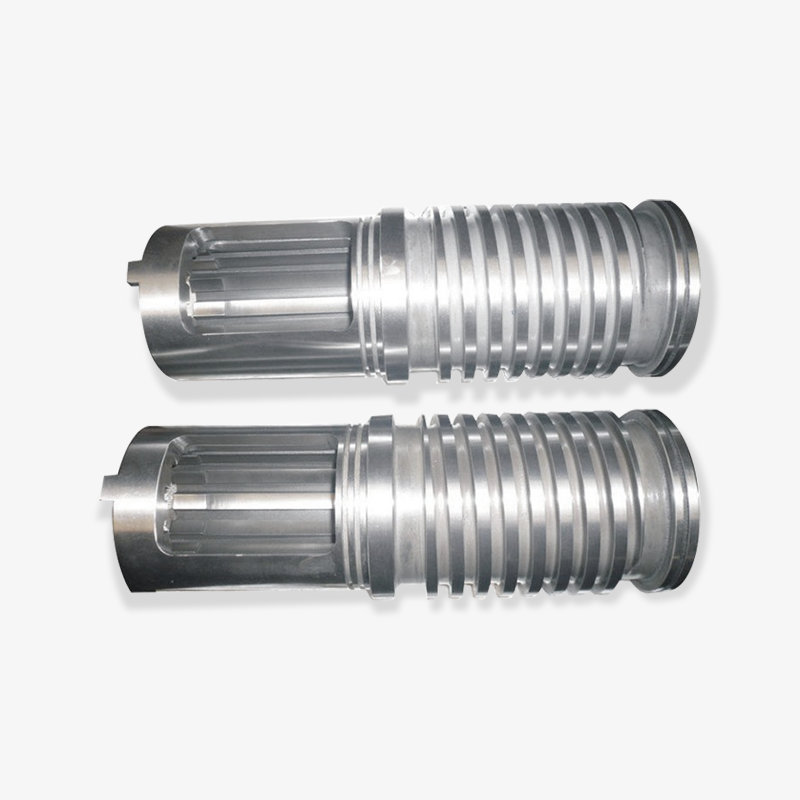
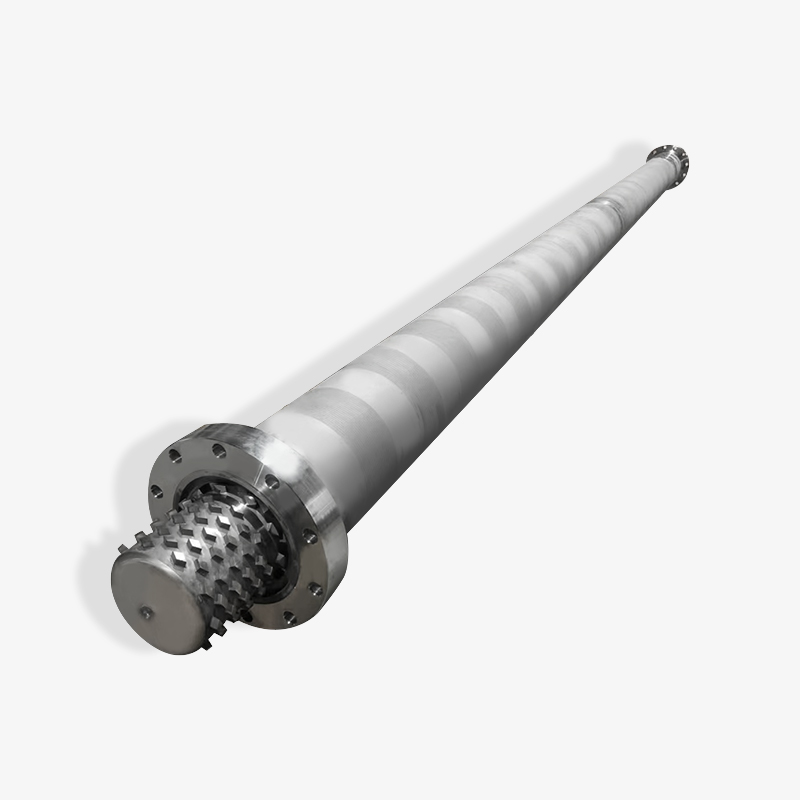
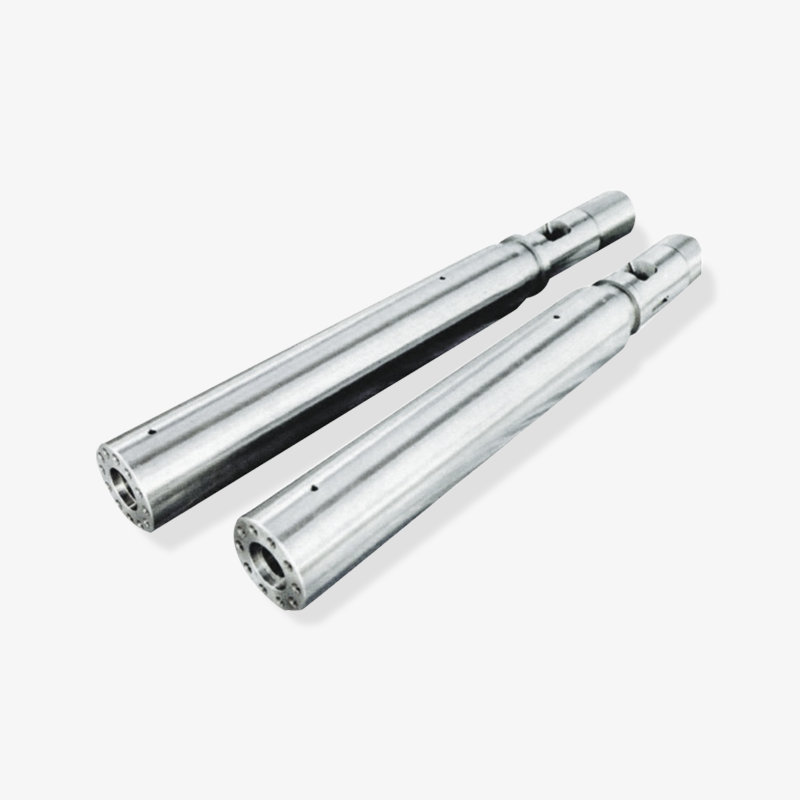
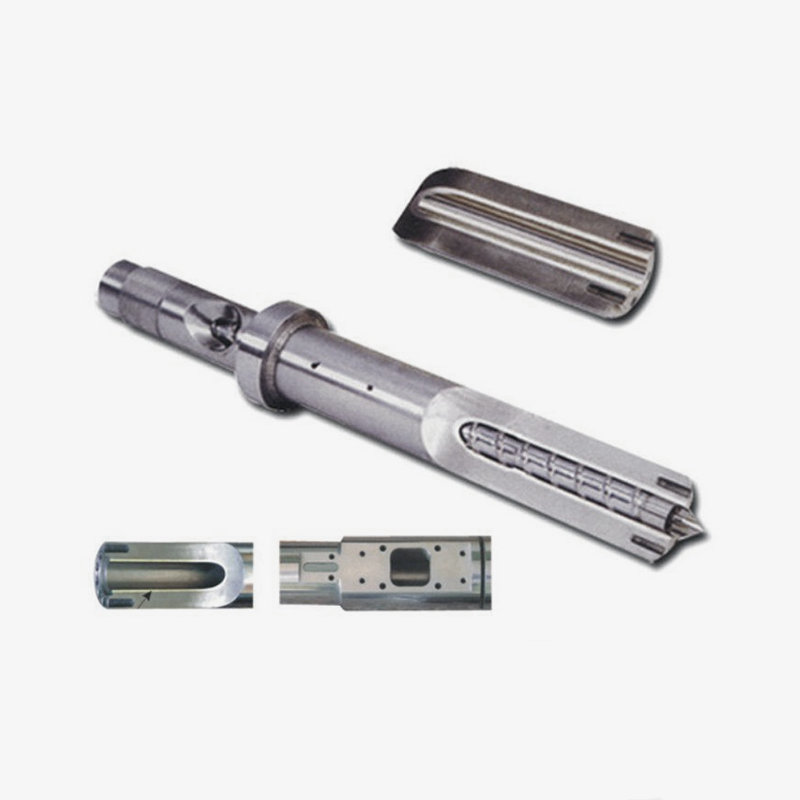
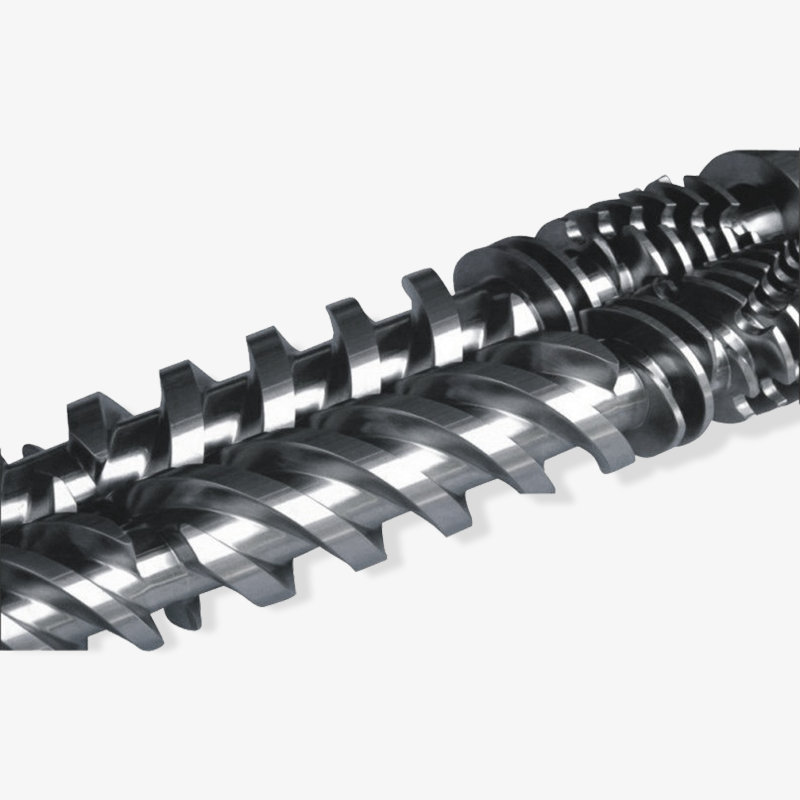
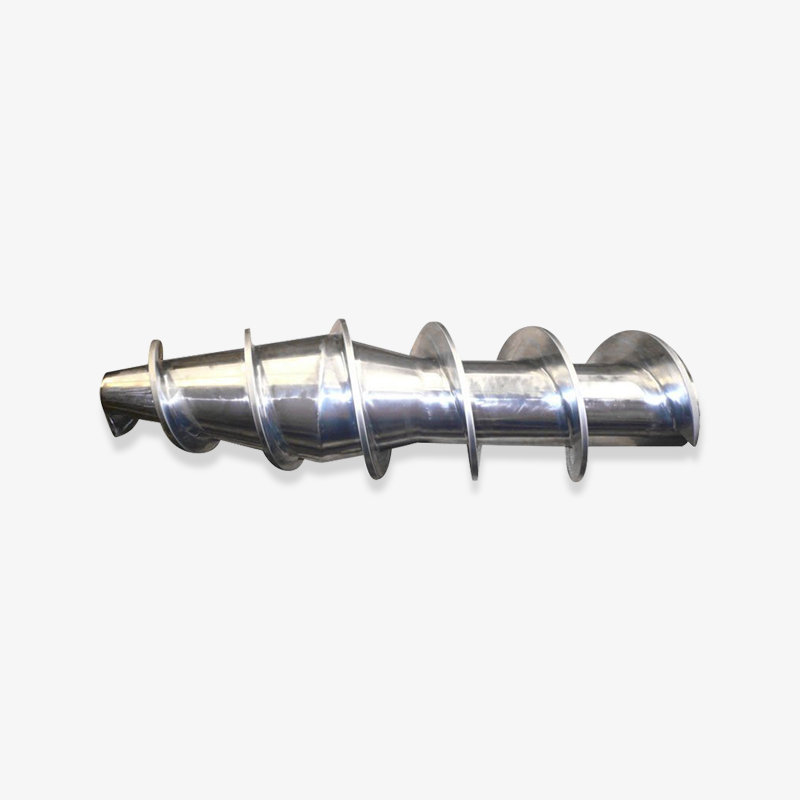
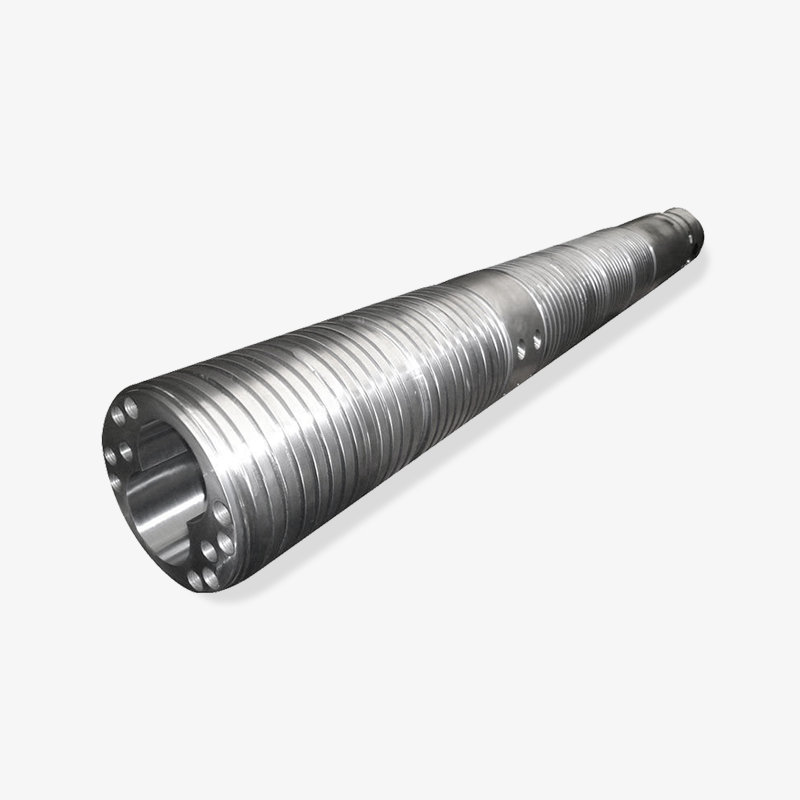
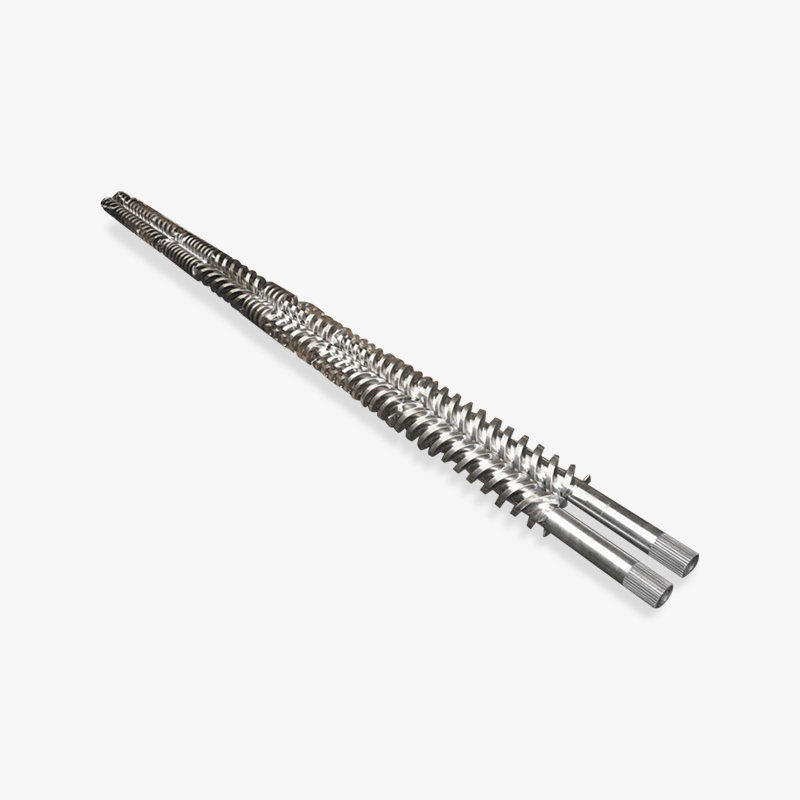
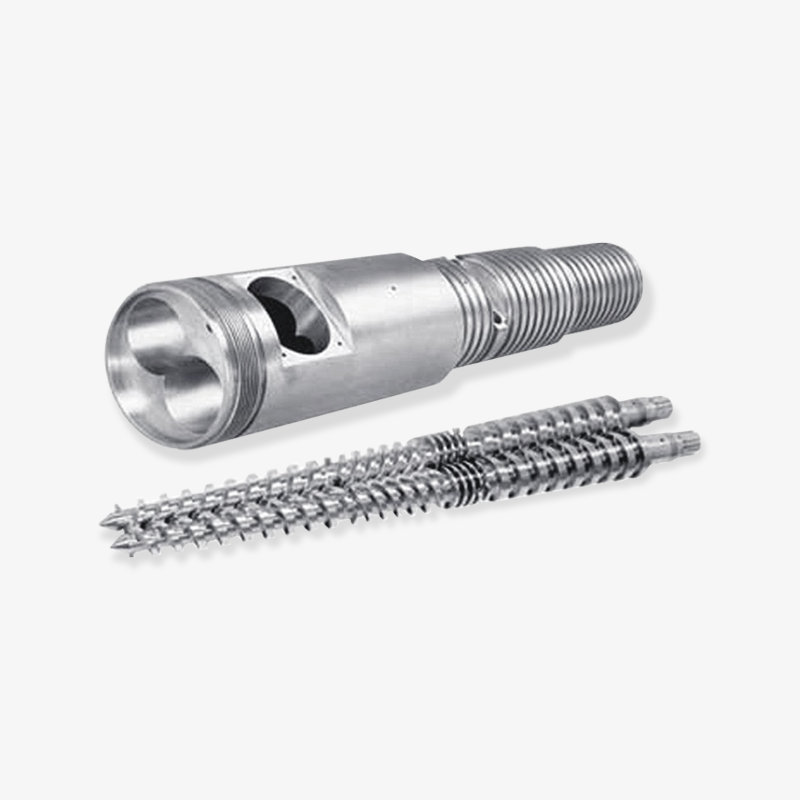


 浙公網(wǎng)安備33090202000520號(hào)
浙公網(wǎng)安備33090202000520號(hào)